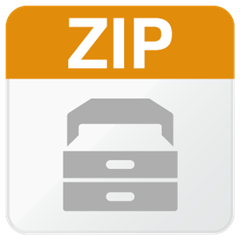Hi,
I am using USB MSC code from sdk examples with QSPI module on development kit. I am using sdk 17.1.0. My project includes capturing some pulses on a GPIO and then saving the data inside the file of flash chip. I am able to mount the file system as well as write some data inside it. After this I enable the timers and ppi configuration. Now when I try to write some data from the timer1 handler, I am no longer able to open the created file and append data into it. It gives me an error of "FR_NOT_READY". Can anyone please help me with this?
After test_init() function is called the timers and ppi start and I am no longer able to open the file and write into it from the timer1 event handler. What could be causing this?
Please check the attached project. It is the same as USB MSC code from SDK example. Only added ppi and timers. This project can be ran on NRF52840 development kit.

Thanks & Regards,
Snehal


